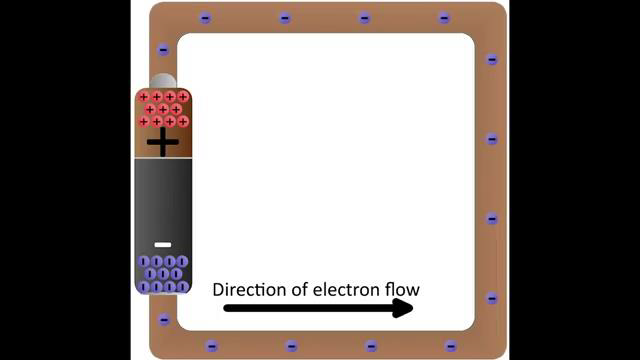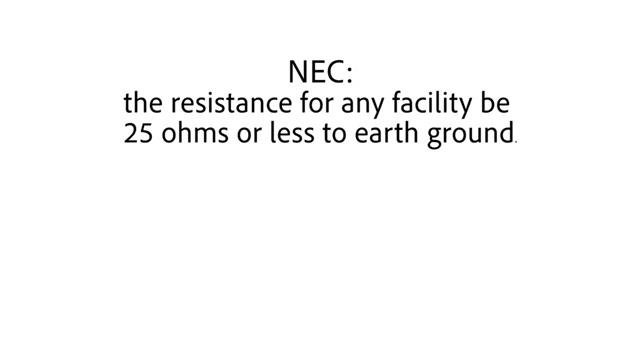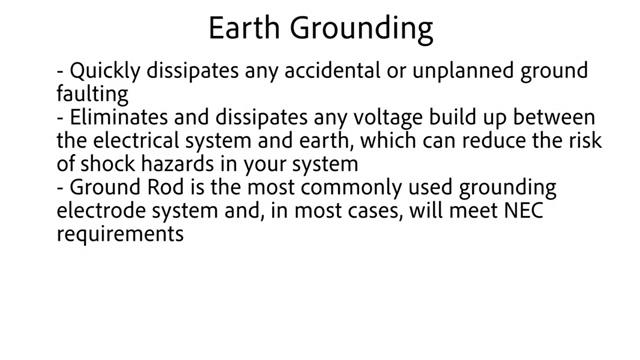Earth_Grounding_Grounding_Series_(Part_8).pdf
Transcript:
[0m:4s] Hi I'm Josh Bloom, welcome to another video in the RSP Supply education series.
[0m:9s] If you find that these videos are helpful to you, it certainly helps us out if you could give us a big thumbs up and subscribe to our channel.
[0m:16s] In today's video we want to continue on in our series which we are talking about electrical grounding.
[0m:23s] In our last video we talked about what are acceptable current levels in the conductors that are intended for grounding purposes. If you have not already seen that video or the other videos in this series, we will link them in the description below.

[0m:40s] For the purpose of this video, we want to talk about what it means to ground electrical equipment to the earth
[0m:48s] and how the earth acts as a conductor when dissipating unwanted fault currents.
[0m:55s] We will also discuss if the earth by itself is an effective grounding tool, or if supplemental equipment should be used.
[1m:4s] Lastly, we will talk about one of the most commonly used types of grounding electrodes. So let's get started.

[1m:11s] First and foremost, as a reminder, electrical current is made up of electrons that will flow through a conductive material.
[1m:21s] The more conductive the material is the more easily the current can flow.
[1m:27s] The less conductive, the material,
[1m:29s] or more resistive, the harder it is for current to flow. With that said the resistive value of the earth is normally too high for current to easily flow through it.
[1m:44s] This will then create an obstacle for those electrons which we have just talked about.
[1m:49s] When creating a grounding system,
[1m:52s] the ground system should normally be isolated from your electrical system unless a fault occurs, such as a lightning strike, in which case the ground system will no longer be isolated.
[2m:6s] The NEC states that the resistance for any facility be 25 ohms or less to earth ground.

[2m:16s] Making a connection to earth without any kind of supplemental bonding device would not meet this requirement.
[2m:24s] So, in almost all cases, it is not acceptable for earth to be the only grounding system.
[2m:32s] Additional hardware needs to be used to provide the lowest impedance as possible.
[2m:38s] The objective is to reduce resistance to less than five ohms in order to facilitate the flow of lightning or any fault current to ground.
[2m:49s] Properly installed grounding equipment can provide the current flow that is needed with the low impedance necessary to easily dissipate unwanted fault current to ground.
[3m:2s] It is also important that any grounding conductors be properly sized and used in the correct situations to make sure that they can handle the loads that may be placed upon them during a fault.
[3m:16s] The primary purpose of earth grounding is to quickly dissipate any accidental or unplanned ground faulting.
[3m:25s] Another purpose is to eliminate and dissipate any voltage buildup between the electrical system and earth, which can reduce the risks of shock hazards in your system. While the earth is conductive, it is not a very effective conductor of electricity, and grounding electrode systems should plan for this. The conductivity of the earth will vary based on many factors such as soil type,
[3m:53s] temperature, moisture, composition, etc.
[3m:57s] Depending on the site in which you are grounding your system, enhancing the site to meet grounding requirements can vary greatly.
[4m:6s] The most commonly installed grounding electrode system that is used, which, in most cases, will meet NEC requirements is a ground rod.
[4m:15s] A ground rod is a long, highly conductive rod that is driven into the ground in order to assist in the dissipation of fault current such as a lightning strike.

[4m:26s] It should be no less than eight feet in length,

[4m:29s] and must be in direct contact with the soil.
[4m:32s] It should be driven into the soil vertically wherever possible, but exceptions can be made depending on the situation.
[4m:39s] The upper end of the electrode should be flush with or below ground level,
[4m:46s] and the quantity, length, size, and spacing of ground rods should be evaluated on a site-by-site basis.
[4m:54s] When you better understand how earth is used to dissipate unwanted fault current,
[5m:0s] and some of the methods that can increase its effectiveness, it is easier to implement a safe and efficient grounding system for almost any situation.
[5m:10s] For a full line of grounding material and thousands of other products, please go to our website. For more information or other educational videos, go to RSPSupply.com, the Internet's top source for industrial hardware. Also, don't forget: like and subscribe.




